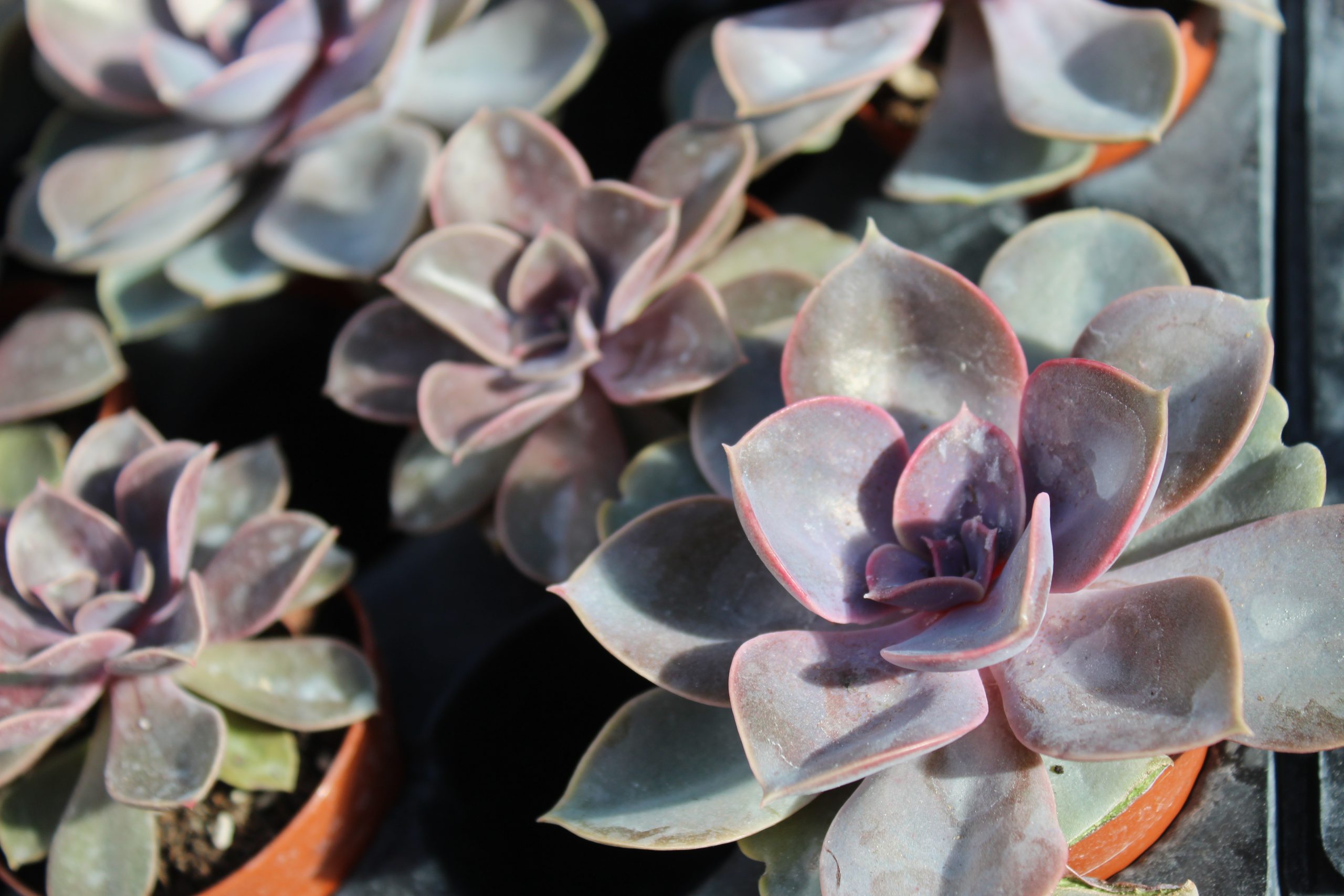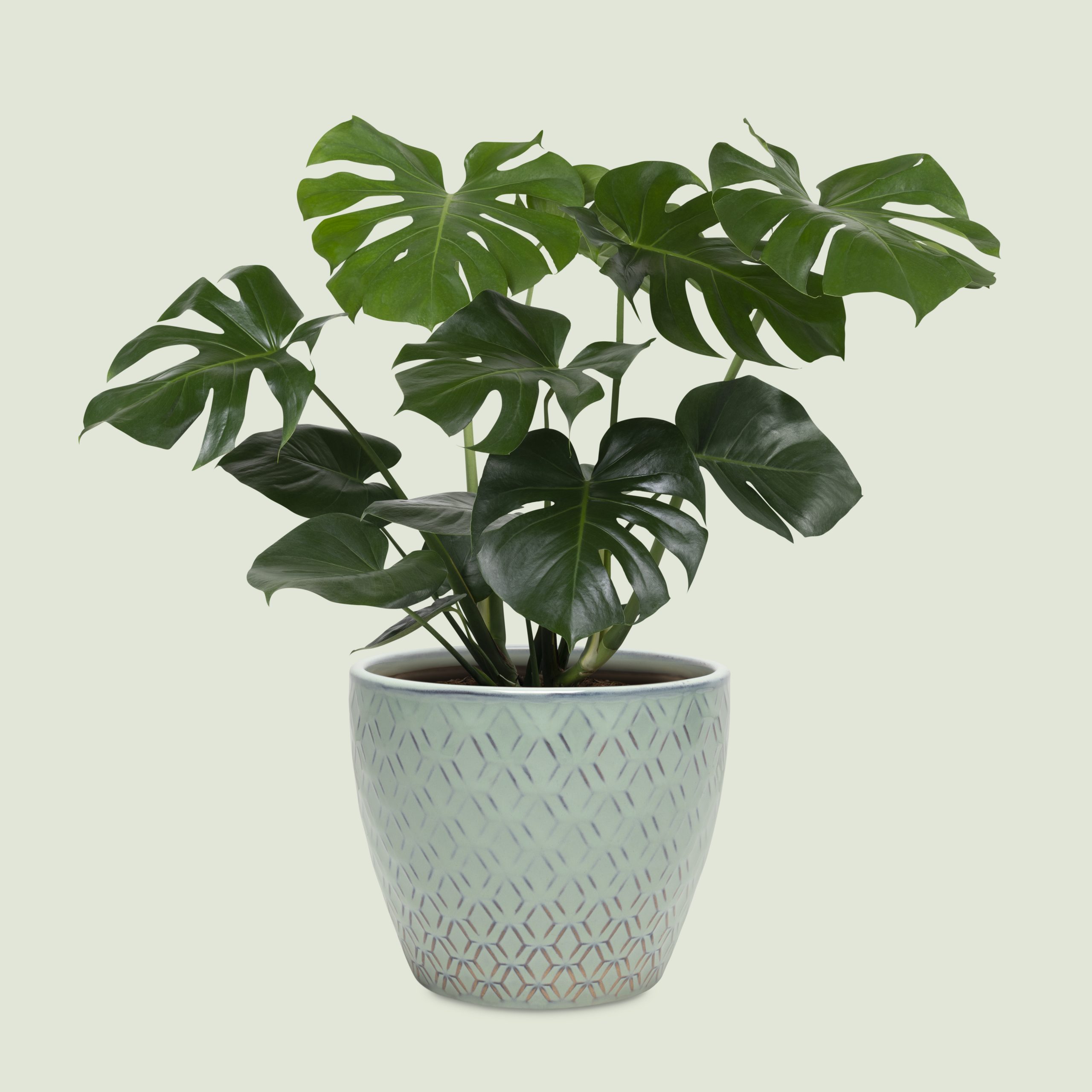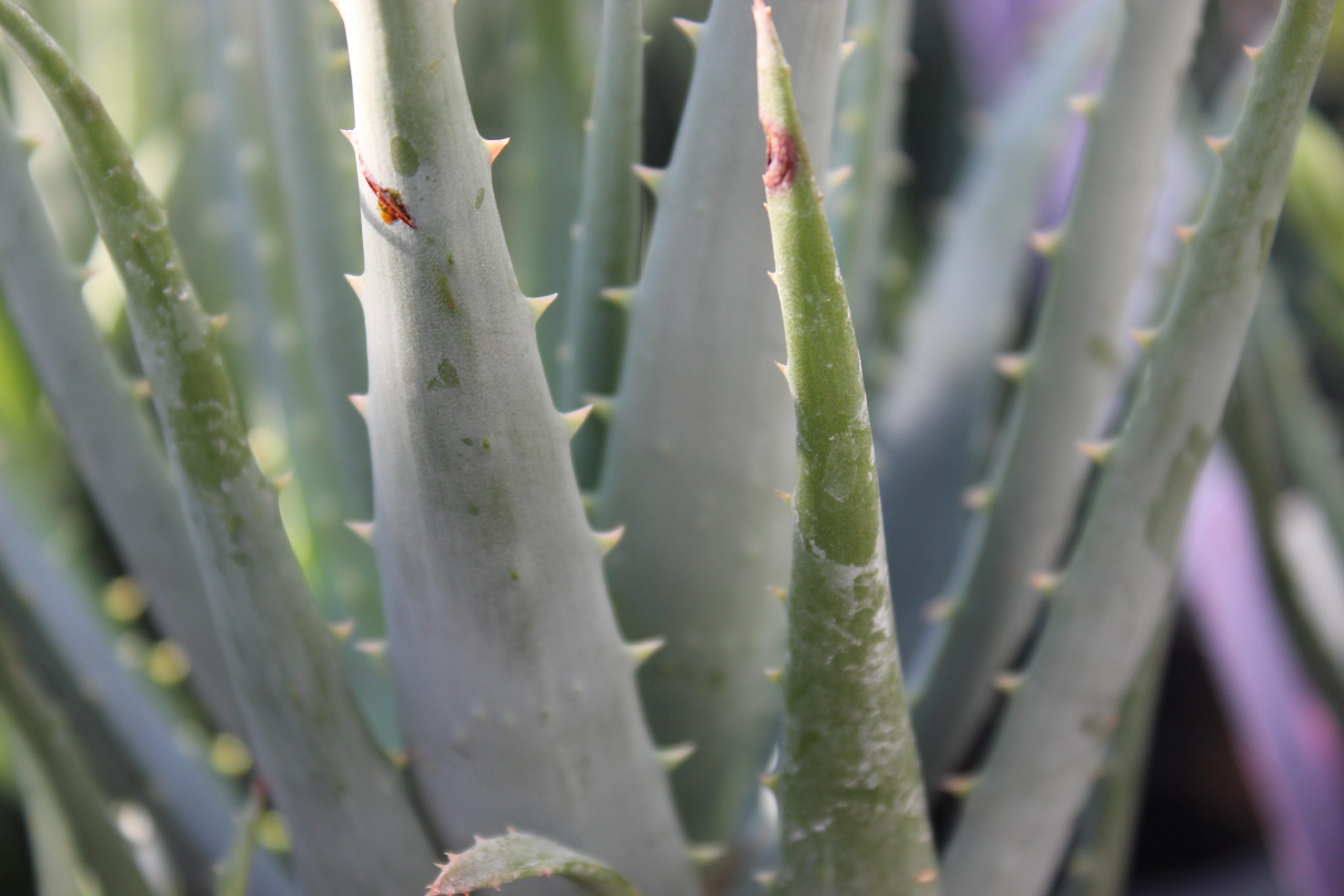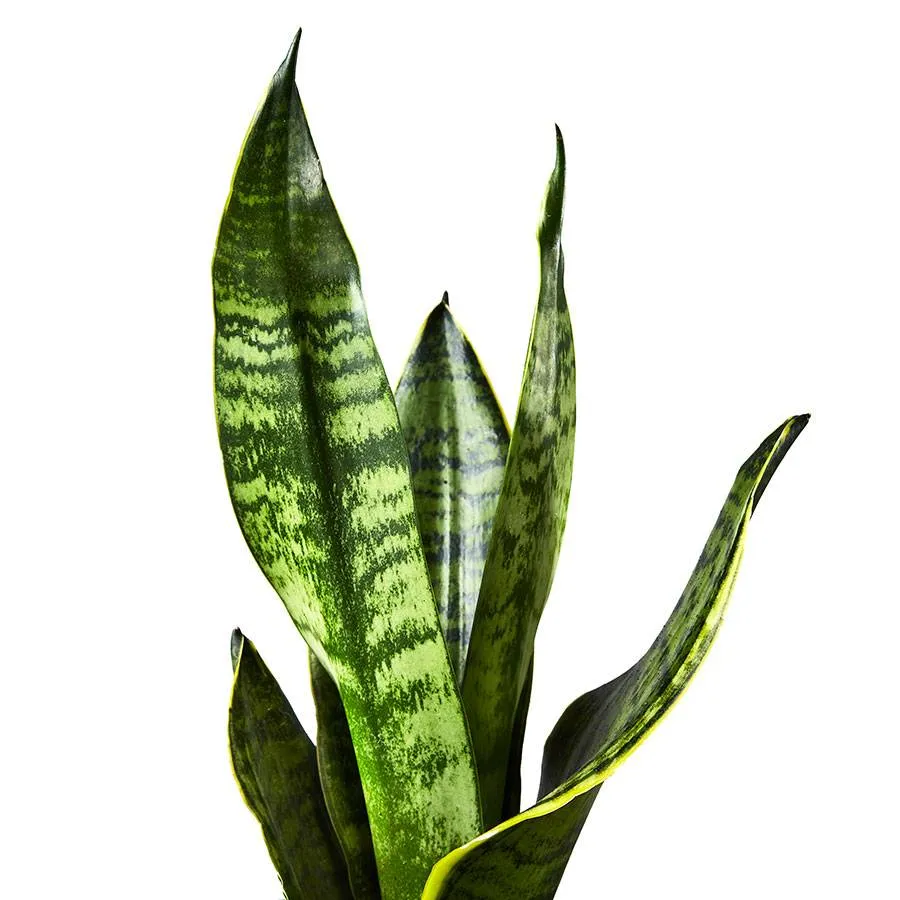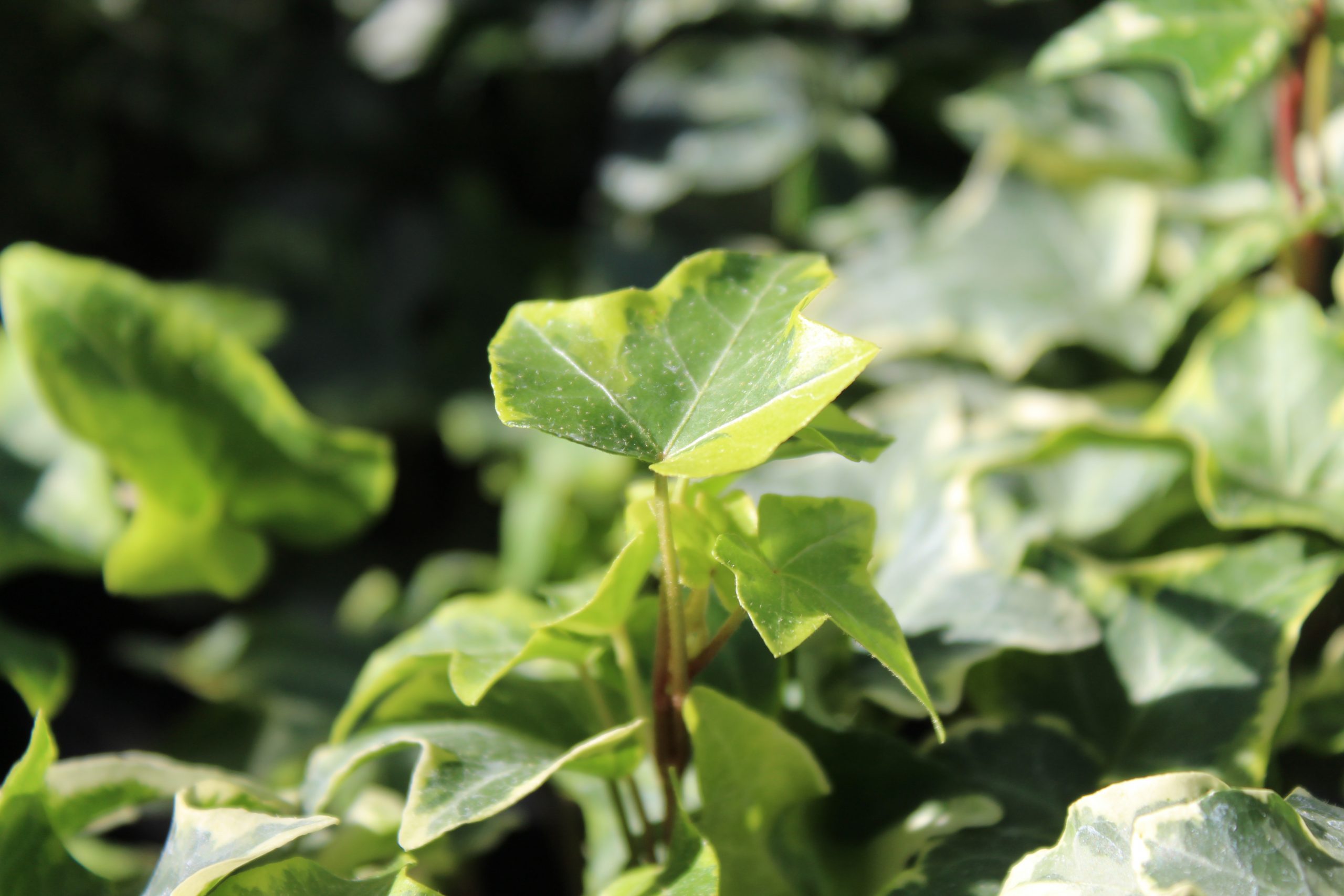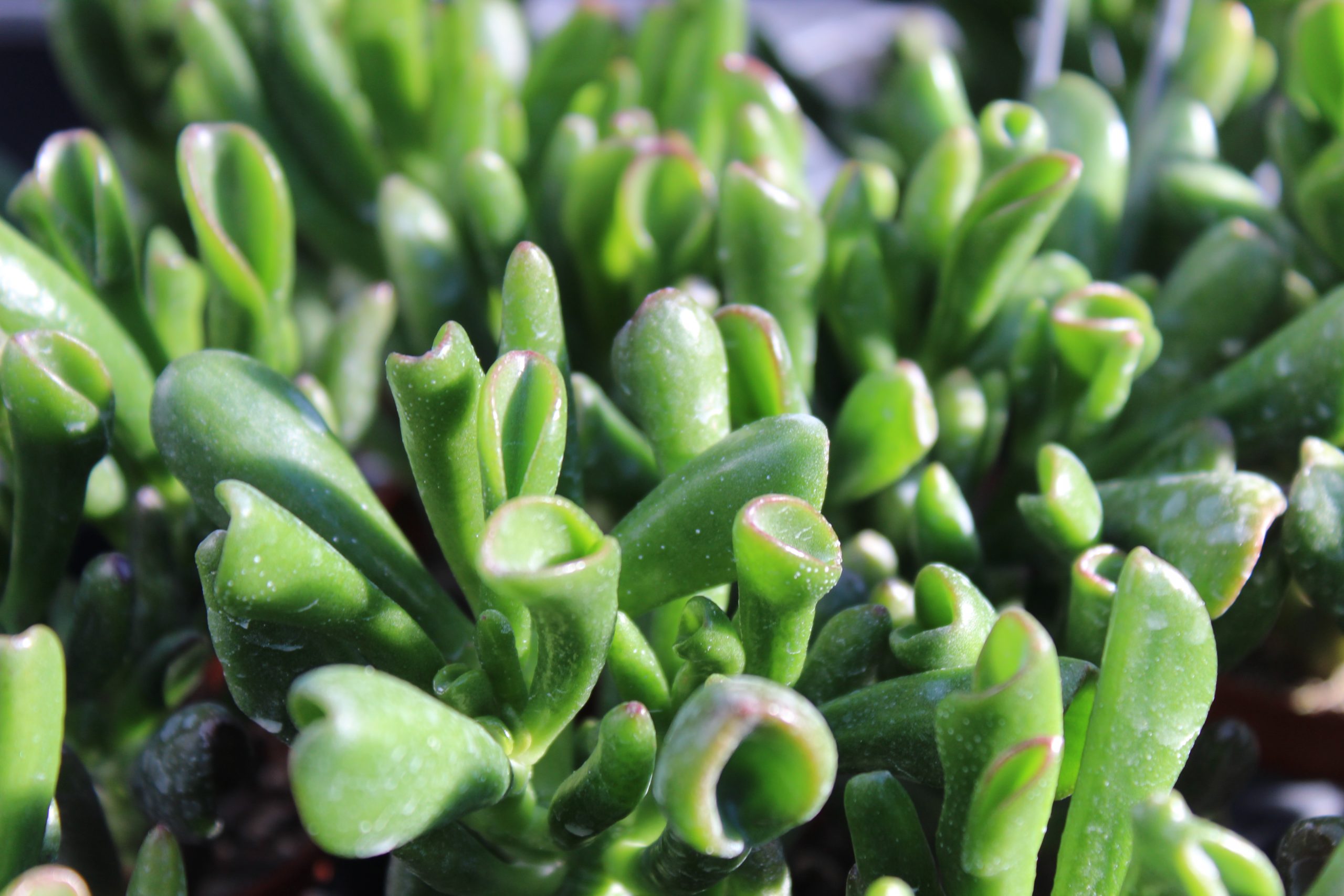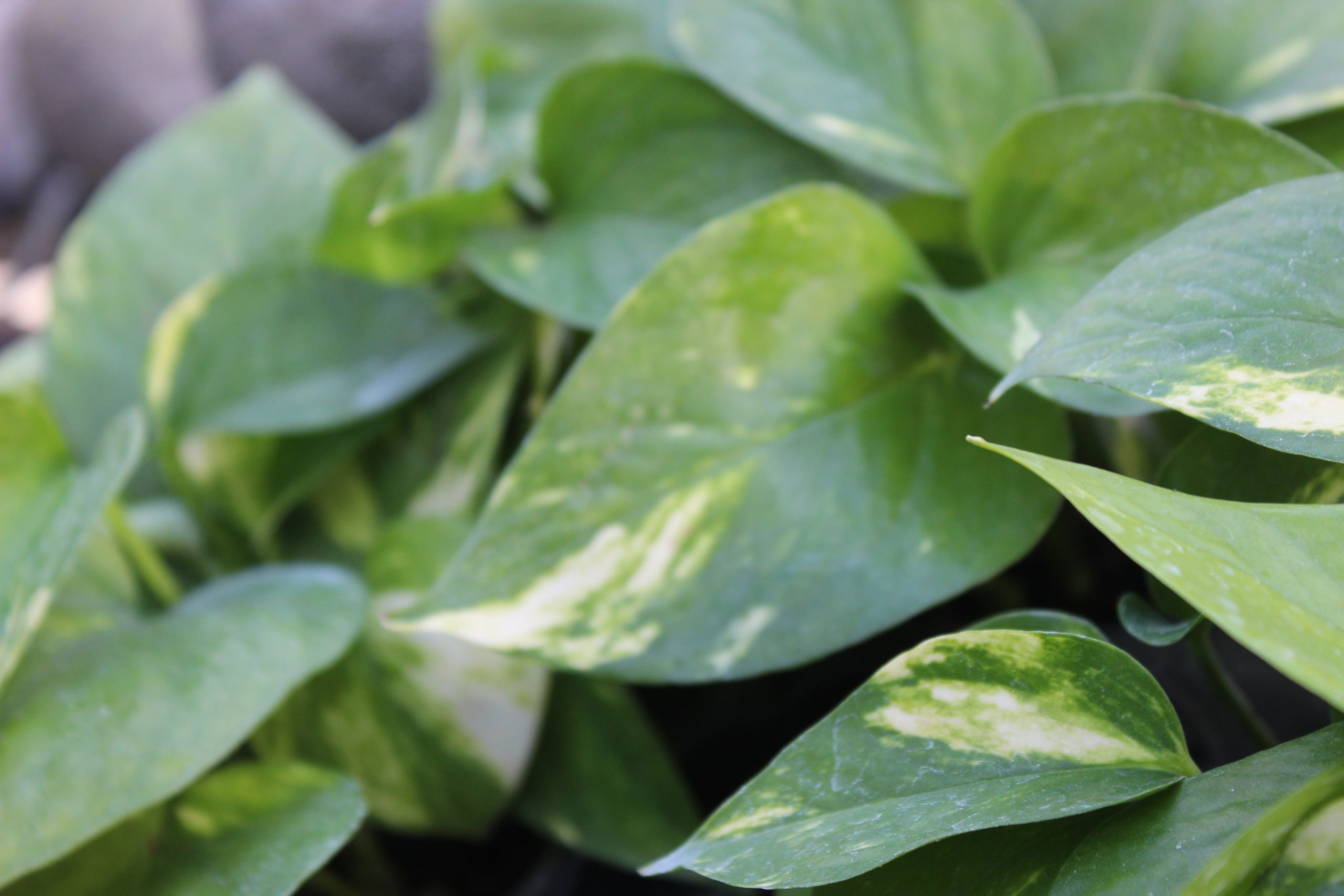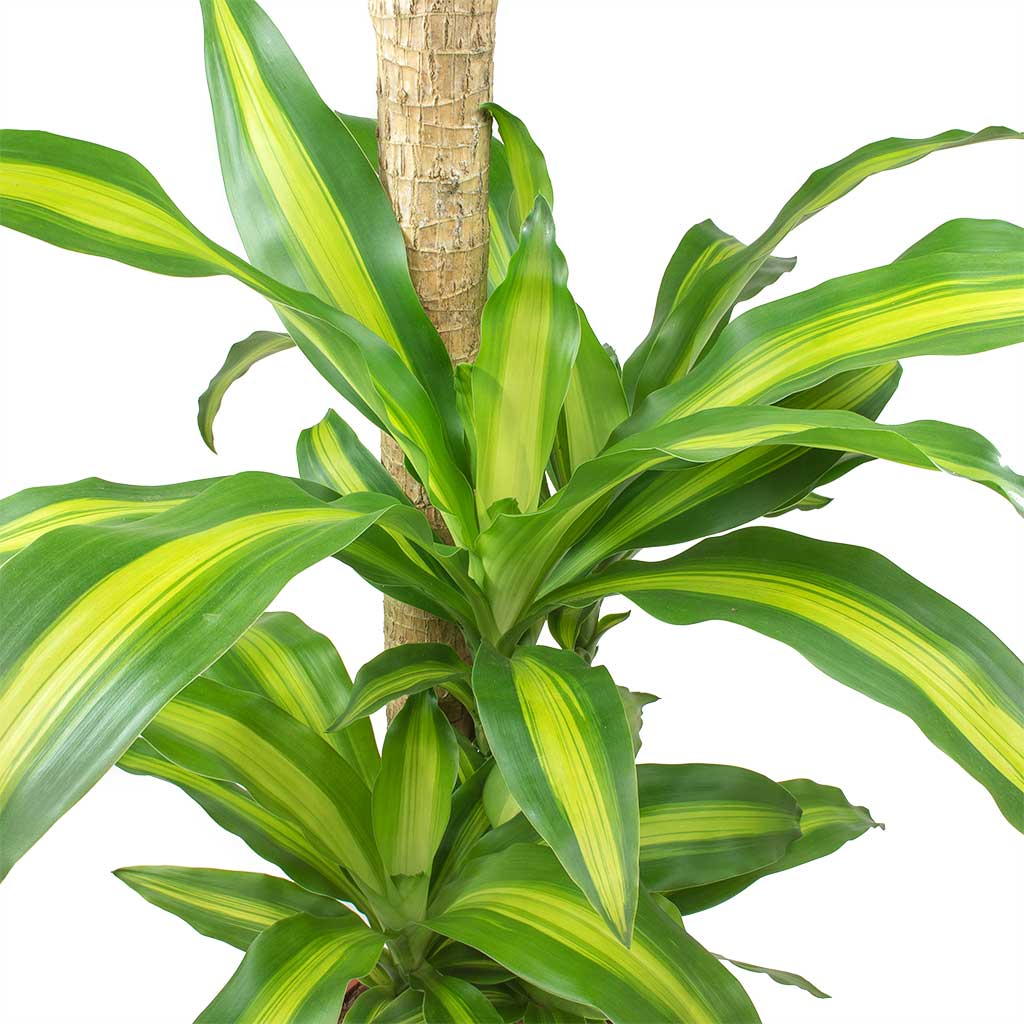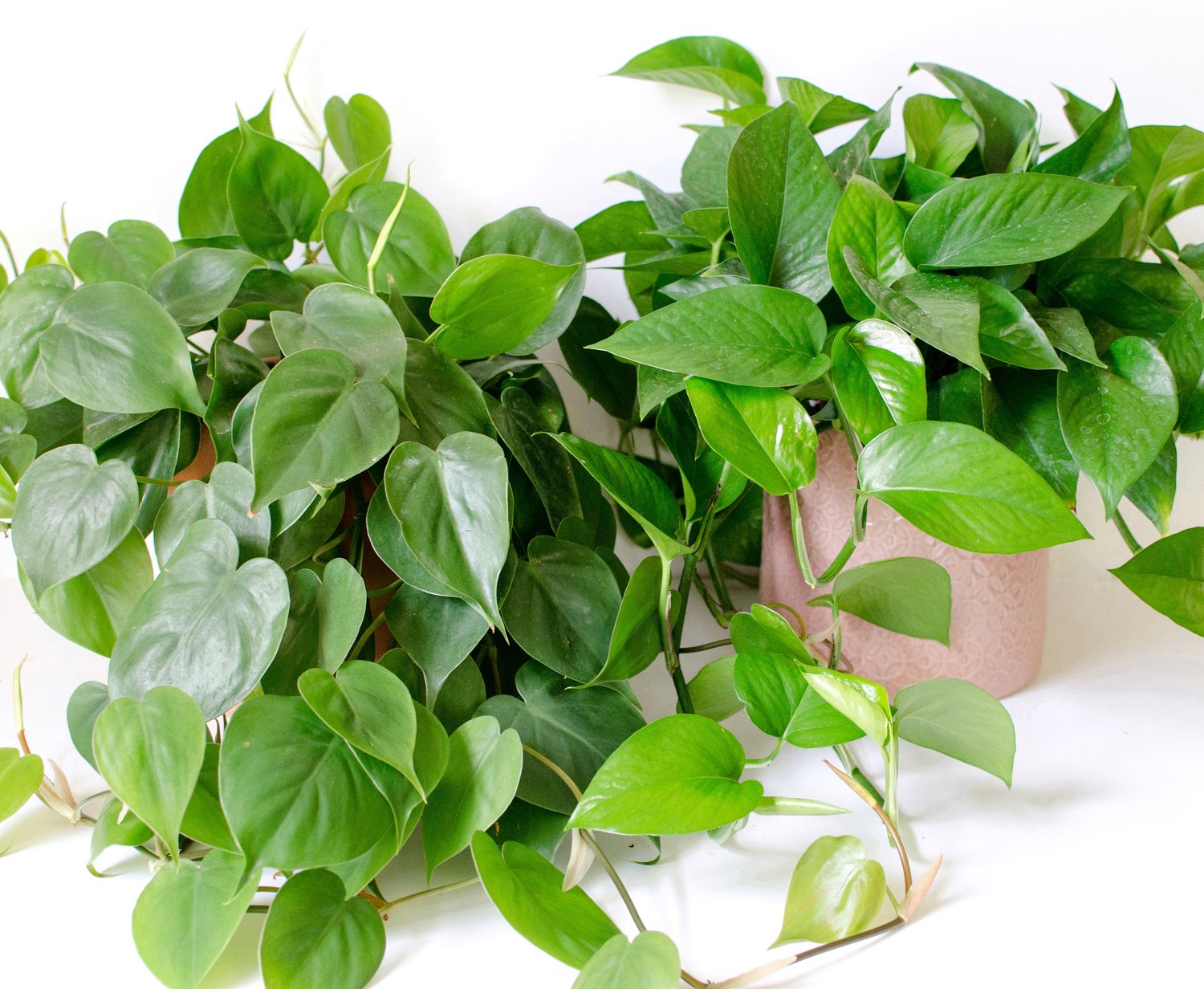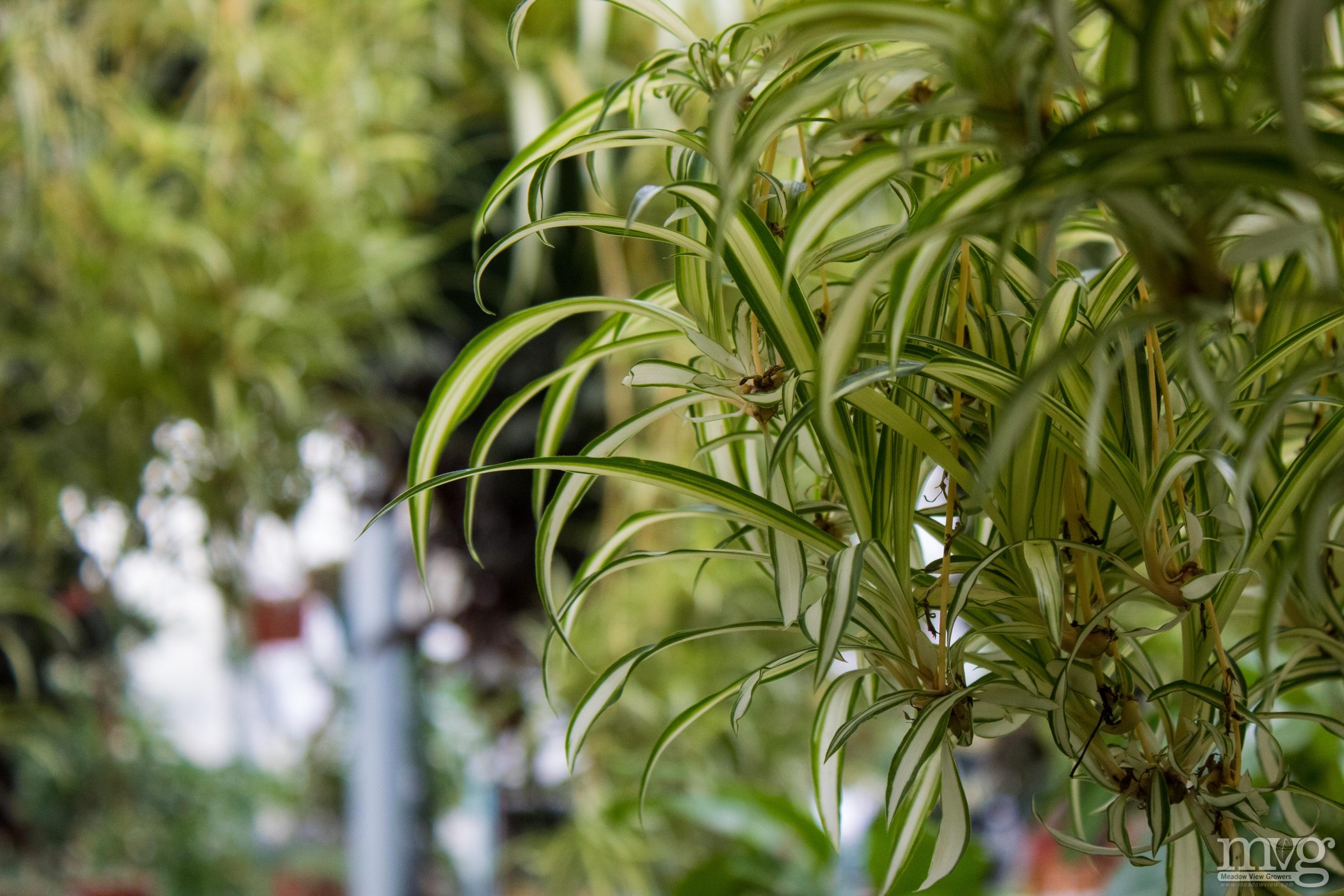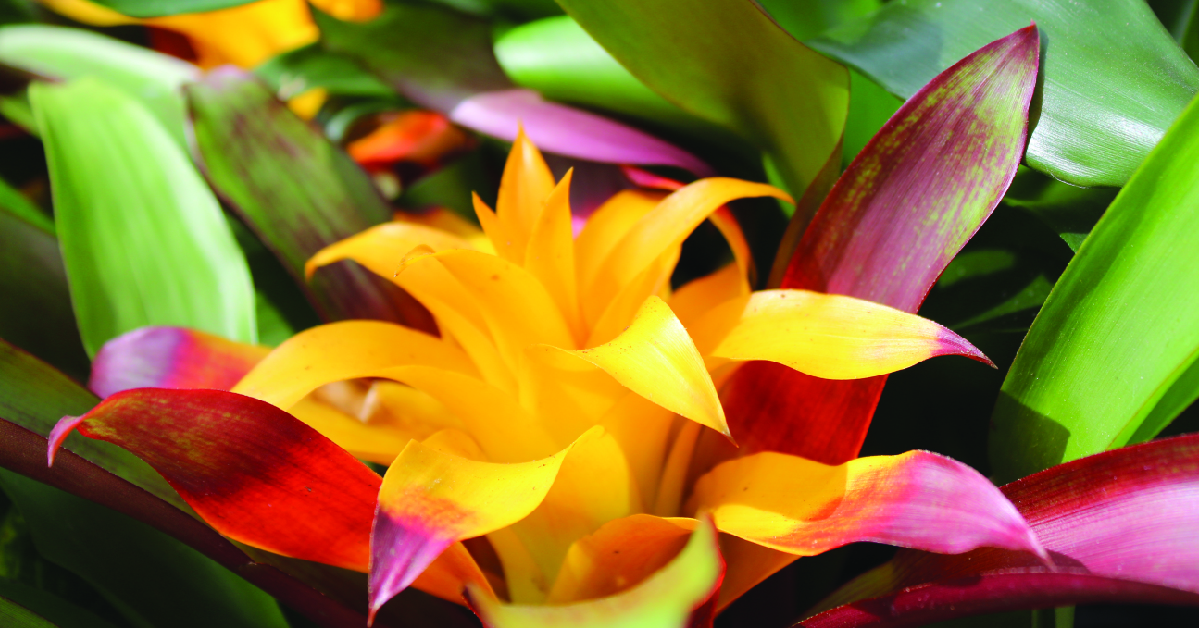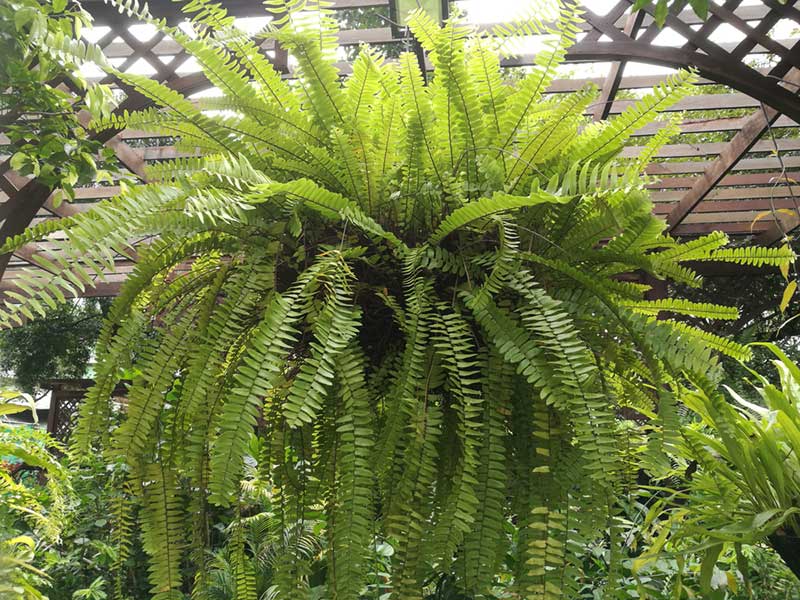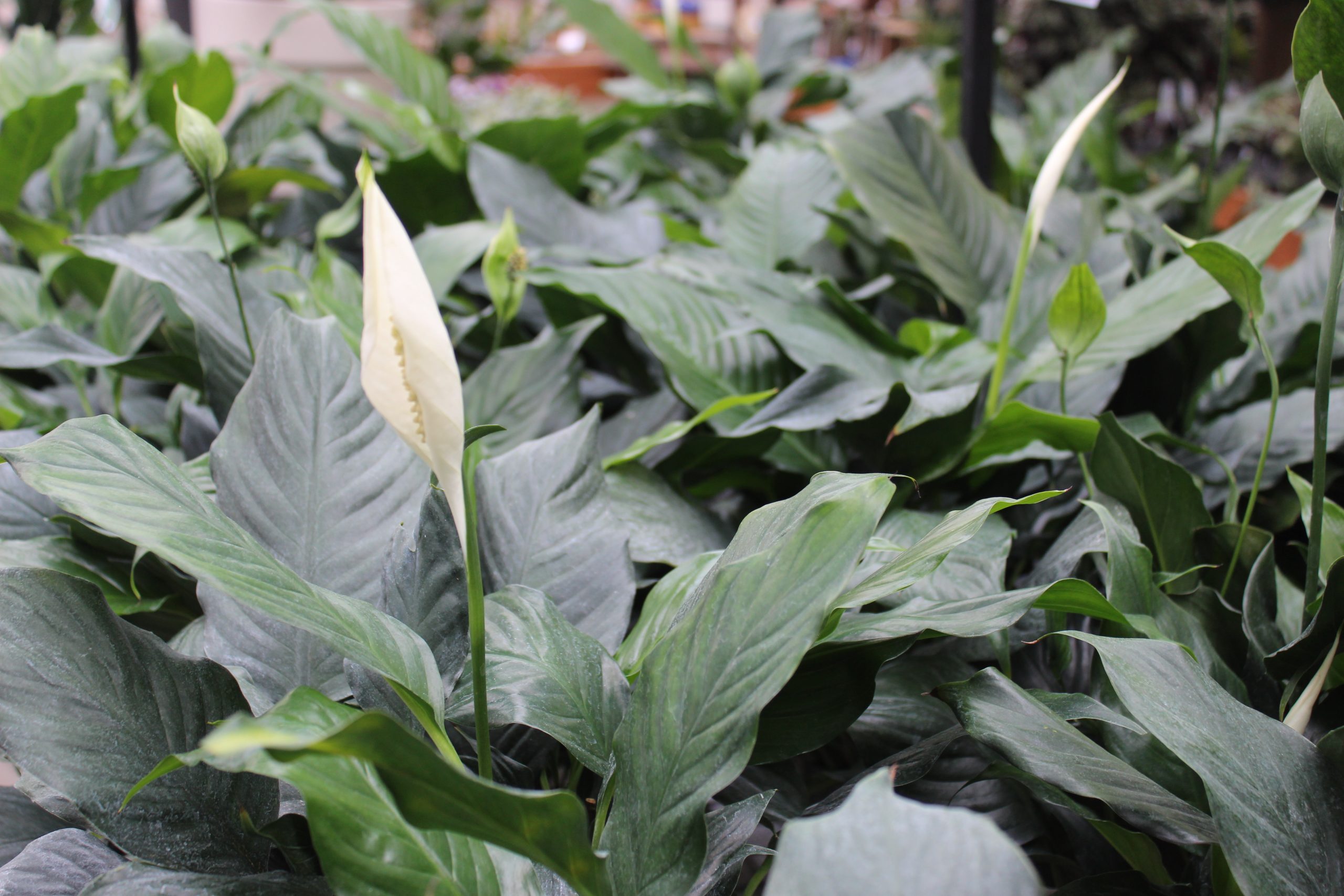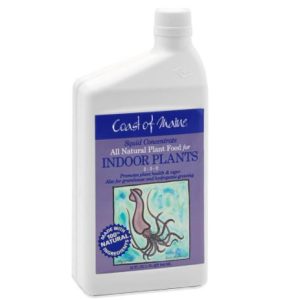Easy-to-grow
Easy-to-grow houseplants are ideal for beginning gardeners since they require less care. Low-maintenance houseplants that do well in low-light areas of your home include pothos, hoyas, philodendrons, ferns, and sansevierias. These indoor plants are well known for their air-cleaning ability since they remove toxins from the air and give off healthy oxygen.
The secret to keeping a houseplant alive is to replicate its natural growing zone by giving it the amount of humidity, light, and water it prefers.
